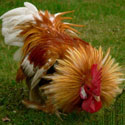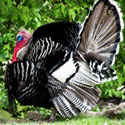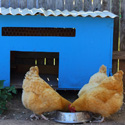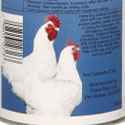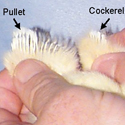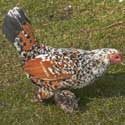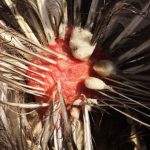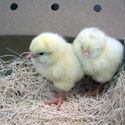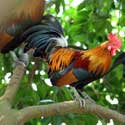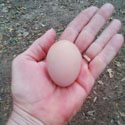
A hen can stop laying eggs for any number of reasons. At the top of the list is the fall molt. As winter approaches, chickens shed their worn feathers and grow a set of new plumage to better keep them warm through cold weather. During the molt, all hens slow down in production, and some […]
Continue Reading
